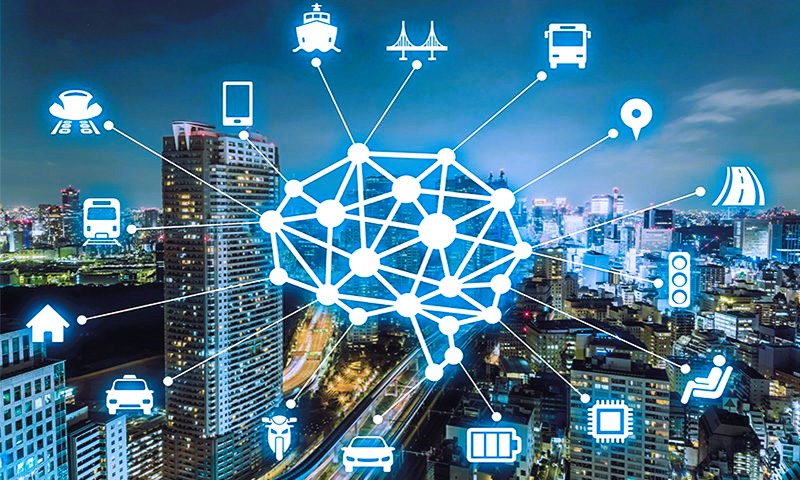
The concept of Smart Cities has gained significant traction in recent years as urban populations continue to grow, and cities face increasing challenges related to sustainability, efficiency, and quality of life. At the heart of Smart Cities lies the Internet of Things (IoT), a network of interconnected devices and sensors that collect and exchange data to optimize city operations and improve citizen services. From transportation and energy management to public safety and environmental monitoring, IoT is playing a transformative role in shaping the future of urban development.
Understanding IoT in Smart Cities
The Internet of Things refers to the network of interconnected devices embedded with sensors, software, and other technologies that enable them to collect and exchange data. In the context of Smart Cities, IoT devices are deployed across urban infrastructure and public services to gather real-time information about various aspects of city life.
These devices can include:
- Smart Sensors: Sensors deployed throughout the city monitor environmental factors such as air quality, temperature, and noise levels. They can also track traffic flow, pedestrian movement, and energy consumption in buildings.
- Connected Infrastructure: IoT-enabled infrastructure such as smart streetlights, waste bins, and parking meters can communicate with each other and with central control systems to optimize resource usage and improve efficiency.
- Intelligent Transportation Systems: IoT devices in vehicles, public transit systems, and road infrastructure enable real-time traffic monitoring, route optimization, and predictive maintenance, leading to smoother traffic flow and reduced congestion.
- Public Safety and Security: Surveillance cameras, gunshot detection systems, and emergency response devices equipped with IoT technology enhance public safety by providing real-time monitoring and rapid response to incidents.
Benefits of IoT in Smart Cities
The integration of IoT technology into urban infrastructure offers a wide range of benefits for both city authorities and residents:
- Efficiency: By collecting and analyzing data in real time, IoT enables city authorities to optimize resource usage, reduce energy consumption, and streamline operations across various municipal services.
- Sustainability: IoT-powered solutions help cities reduce their environmental footprint by monitoring and managing energy usage, reducing waste, and promoting sustainable transportation alternatives.
- Safety and Security: IoT devices enhance public safety by providing real-time monitoring of traffic, crime, and environmental hazards. They also enable faster emergency response and improved disaster preparedness.
- Quality of Life: Smart City initiatives driven by IoT technology aim to enhance the quality of life for residents by improving access to services, reducing commute times, and creating more livable and sustainable urban environments. Read about sustainable technological innovations to address climate change in our article.

Challenges and Considerations
Despite its many benefits, the widespread adoption of IoT in Smart Cities presents several challenges and considerations:
- Privacy and Security: The massive amount of data generated by IoT devices raises concerns about privacy and data security. City authorities must implement robust cybersecurity measures to protect sensitive information and prevent unauthorized access.
- Interoperability and Standards: Ensuring interoperability between different IoT devices and platforms is essential for seamless integration and data exchange. Standards organizations such as the International Organization for Standardization (ISO) and the Institute of Electrical and Electronics Engineers (IEEE) play a crucial role in developing guidelines and protocols for IoT deployment.
- Digital Divide: The digital divide refers to disparities in access to technology and digital services among different socioeconomic groups. City planners must address these inequalities to ensure that all residents can benefit from Smart City initiatives.
Conclusion
The Internet of Things is driving innovation and transformation in Smart Cities, offering solutions to some of the most pressing urban challenges. By leveraging IoT technology, cities can improve efficiency, sustainability, and quality of life for their residents. However, addressing challenges related to privacy, security, and digital inclusion is crucial to realizing the full potential of IoT in Smart City development.
For more information on IoT standards and guidelines, please visit the International Organization for Standardization (ISO) website: ISO IoT Standards.

